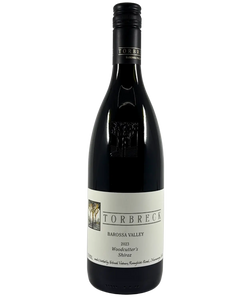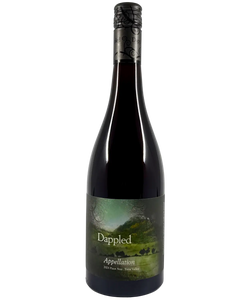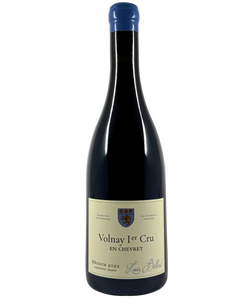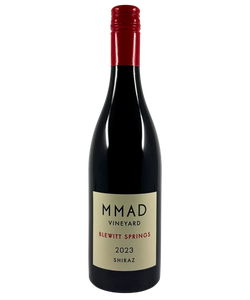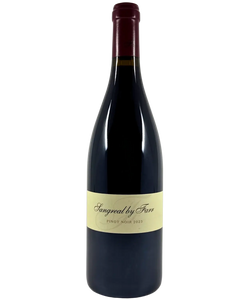Once dismissed as light and simple, Gamay is having a quiet glow-up. From the juicy Beaujolais Nouveau to the complex, spice-laced expressions coming out of Victoria, this grape is finally being taken seriously—and it’s about time.
Let’s break it down.
What is Gamay?
Gamay (full name: Gamay Noir à Jus Blanc) is a thin-skinned red grape that’s naturally high in acidity and low in tannin. It’s a cousin of Pinot Noir and often treated similarly in the winery—think gentle handling, cooler fermentations, and a focus on fragrance and finesse.
But its reputation has long been shaped by one style in particular…
Beaujolais: Gamay’s French home
In France, Gamay is most famously grown in Beaujolais—a region just south of Burgundy where it’s been cultivated for centuries.
There are three key styles to know:
-
Beaujolais Nouveau – The lightest and most fruit-driven expression, released just weeks after harvest. It’s fermented quickly using carbonic maceration to produce bright, juicy wines with notes of banana, strawberry, and bubblegum. Best served chilled and enjoyed young.
-
Beaujolais-Villages – A step up in quality, with more depth and structure. These wines are still fruit-forward but may show darker fruit, spice, and more savoury notes.
-
Cru Beaujolais – The most serious and cellar-worthy. There are 10 Crus (including Morgon, Fleurie, and Moulin-à-Vent), each with its own character. Winemakers here often use semi-carbonic maceration or treat Gamay more like Pinot Noir using whole bunch fermentation to craft structured, spice-laced wines with minerality and ageing potential.
So, what’s carbonic vs semi-carbonic maceration?
These are both fermentation techniques that bring out Gamay’s fruit-driven side—but with important differences.
-
Carbonic maceration involves putting whole grapes into sealed tanks and pumping in CO₂. Without oxygen, fermentation begins inside the grape berries themselves—a process known as intracellular fermentation. The result? Bright, fruity, low-tannin wines that are soft, vibrant, and ready to drink young. Beaujolais Nouveau is the poster child for this style.
-
Semi-carbonic maceration skips the added gas. Instead, winemakers throw whole clusters into a tank, and the grapes at the bottom get crushed under their own weight. This starts traditional fermentation at the bottom, naturally producing CO₂, which then triggers intracellular fermentation in the grapes on top. It’s a slower, more nuanced process that retains freshness while building in depth and savoury spice.
Quick comparison:
|
Method
|
Grapes Crushed in Advance?
|
CO₂ Added?
|
Primary Fermentation Style
|
Wine Style
|
|
Carbonic maceration
|
No
|
Yes
|
Intracellular (inside berries)
|
Bright, fruity, soft, drink-now wines
|
|
Semi-carbonic maceration
|
No – crushed by weight over time
|
No
|
Mixed: traditional + intracellular
|
Juicy, complex, cellar-worthy
|
|
Whole bunch fermentation
|
Some – manually crushed
|
No
|
Traditional (with stems)
|
Structured, earthy, spicy, age-worthy
|
Australian Gamay: Rising through the ranks
In Australia, Gamay plantings are still small—but growing fast. And the wines? They’re starting to turn heads.
Two producers leading the charge:
-
Farr Rising Gamay (Geelong, VIC) – A structured, savoury Gamay made by the Farr family, best known for Pinot Noir. It’s grown on vineyards originally planted to Cabernet, giving the wine serious depth, spice, and ageability.
-
Sorrenberg Gamay (Beechworth, VIC) – Biodynamically farmed and barrel-aged, this is Gamay with guts. Closer to a Cru Beaujolais than Beaujolais Nouveau, it shows forest berries, herbs, spice, and length.
These wines might use semi-carbonic or whole-bunch techniques, but they lean into structure and spice over simple fruit. If you thought Gamay was always soft and straightforward, think again.
Final sip
Gamay might be light-bodied—but it’s no lightweight. From the cheerful chillability of Beaujolais Nouveau to the structured spice of Cru styles (and the rising stars in Australia), this grape is finally earning the respect it deserves.
Keep an eye on Australian Gamay—it’s one of the most exciting styles on the rise. Whether you’re sipping fresh or cellaring deep, there’s a Gamay for every glass.

